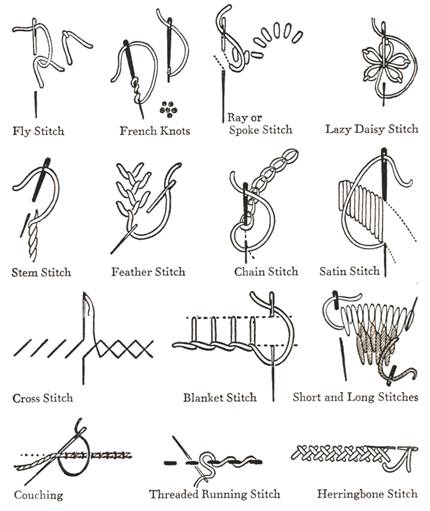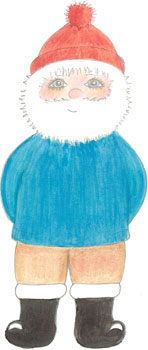
Salty Sam’s Fun Blog for Children
Number 521
Gliders
Hello Everyone

Welcome to the tenth anniversary of my blog!!!
And we are still flying high!!!
![]()
![]()
![]()
![]()
![]()
![]()
![]()
![]()
![]()
![]()
Have you ever seen some mysterious objects far off in the sky that are swirling and glinting as they catch the sunlight and you think that they just might be UFOs?
These flying objects that are not behaving in the same way as an aeroplane – may well be gliders.
Gliders are fixed-winged aircraft that cannot get off the ground under their own power. Their wing shape and also body shape is different from an aeroplane. They use air currents as they make passage through the air to gain height.
Have a look in the Picture Gallery this week to see what the shape of glider looks like.
Children can make model gliders out of paper or balsa wood – this is a very light wood that is easy to cut into and shaped – and launch them by hand. They won’t fly very far, but it is very satisfying to see that they fly at all!
Larger radio-controlled models can fly longer distances. They are controlled by a hand-held transmitter. The transmitter takes a while to master, so it is a good idea to start flying your plane on a wide, flat piece of ground so that if your plane crashes, you can easily retrieve it. lf you launch it off a steep cliff or over a lake – you may never see your plane again!
Gliders that are big enough for people to sit in, need an aeroplane with power to launch them. An aeroplane takes off and pulls the glider along the runway behind it on a tow rope. Once the two aircraft are in the air the rope is released and the glider is high enough to take advantage of air currents to hold it up in the sky.
Once in the air, a glider pilot can freely move and fly in any direction. The experience in a glider is different from that in an aeroplane because there is no sound of an engine. Flying in a glider is much quieter. You have a very good view all around you too.
Modern gliders will usually put down wheels when they land.
These types of craft are sometimes called sailplanes.
They can fly hundreds or even thousands of miles in a day if the weather is favourable. Flying them has now been a pastime for many for over a hundred years.
Some people prefer to use hang gliders to get themselves up in the air. They have to launch themselves from a high position like at the top of a hill so that they can catch the wind under the wings of their hang glider. Their skill in controlling their hang glider will turn its direction. The hang glider will eventually land some way off. They need to dress warmly on a cold day because they have no cockpit to protect them from the elements.
Several attempts at building gliders have taken place over the last thousand years. Many people have clearly wanted to fly like a bird. But it wasn’t until men started building aircraft that looked like aeroplanes rather than birds that they started gaining success in managing to control machines that had sustained lift – that means they stayed up in the air.
Kites have been around for many hundreds of years. They have been made in Asia for over two thousand years. Many people had the thought that if a kite was big and strong enough, a man could be lifted into the air underneath one.
The first successful gliders were built in the mid 19th century and could be launched into the air from a great height from a hot air balloon by the beginning of the 20th century.
The Wright brothers worked with gliders as they worked towards achieving powered flight. Building their aeroplane took a lot of thought and experimenting.
ln World War ll, gliders were used for military purposes. Large gliders could land troops quietly because they could fly without an engine. A lot of these gliders were made with quite cheap materials because once they landed they were discarded. A few were retrieved for reuse, but not all, because they had frequently landed behind enemy lines.
ln the decades that followed, parachutes were favoured for quickly dropping troops and equipment even as big as vehicles into war zones where planes could not, or would not want to, land.
Nowadays, space craft returning to earth can use the principles of gliding to land back on Earth.
But mostly gliding is used for sport and recreation.
Hang gliders were first developed in the middle of the 20th century. The idea was that you would be securely strapped underneath a strong frame covered in a sheet of fabric that acted like a sail or wings to catch the wind.
You would run along the top of a hill and when the air caught under the wings you would be parted from the ground as your hang glider launched into the air. This is referred to as being foot-launched.
You don’t need a runway, just suitable terrain.
Then some time after hang gliding became popular towards the end of last century, someone had the bright idea of adding a small motor to these craft and the micro-light was born.
People flying under a hang glider would be in the same position as Superman flying through the air, but people in a micro-light would be sitting upright in a chair-like seat or a little cockpit that looks a bit like a tiny boat. A lot of these craft were made at home as a hobby.
With an engine, someone could fly greater distances, and, more importantly, have more control over the direction they could fly in, and not be reliant on the direction of the wind.
Nowadays, people on holiday can try paragliding behind a fast boat and some skilled individuals can lift off their sailboards as they skim across the waves using an overhead sail – this is called kitesurfing or kiteboarding. lt is being lifted up by a material canopy which is quite similar to a parachute. The technical term for a paragliding canopy is a ram-air wing.
Some paragliders even have their own motors. They are called paramotors. They do not have rigid frames like hang gliders.
Jet packs have now been developed to take people flying through the air on short flights. They need fuel not air currents to power them.
Like other forms of aircraft they needed a lot of development and lots of failures and crashes were endured before the design was good enough to let pilots other than test pilots use them.
The first commercial use was for mountain rescue in 2020, when a medic could fly up sheer rock faces to reach an injured person. This meant that medical help could reach casualties quickly in rough terrain. At £350,000, it was not cheap kit!
But new inventions are always expensive to buy at first.
How long before this invention will be available to lots of people to play with at the weekends?
lf people want to take film of a landscape from above, the cheapest and easiest way now is to use a drone. Well, they are much cheaper than hiring a helicopter anyway. But you must be careful in observing the laws that govern their use.
They must not be flown near airports or roads or into other people’s private territory. You should learn about the restrictions in your area before flying one.
l chose the topic of gliders for my tenth anniversary celebration because l want to acknowledge that this blog would not be what it is without all of you lovely readers out there. Without you there would be no point in writing this blog and you provide the energy to lift it up to be what it has become.
So l want to say a big thank you to all of you.
lf you like my blog, please support it by telling all your friends and followers about it.
Thank you!
And see you again next Fun Friday!
Love and kisses
Salty Sam

www.christina-sinclair.com


Bill and Bob’s Joke of the Week![]()
![]()
Bob: Do you think that travelling on a flying carpet would be comfortable?
Bill: No, l think it would be a rugged experience.
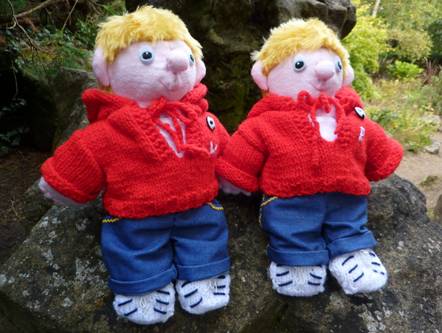
Salty Sam © Christina Sinclair 2015
Unauthorized use and/or duplication of material from this blog without express and written permission from this blog’s author and owner is strictly prohibited.
Links may be used to www.christina-sinclair.com

Picture Gallery Paper gliders
Paper gliders
 Glider’s wings are very long
Glider’s wings are very long
 Hang glider
Hang glider
 Microlight
Microlight

Kitesurfing
(Vecteezy)
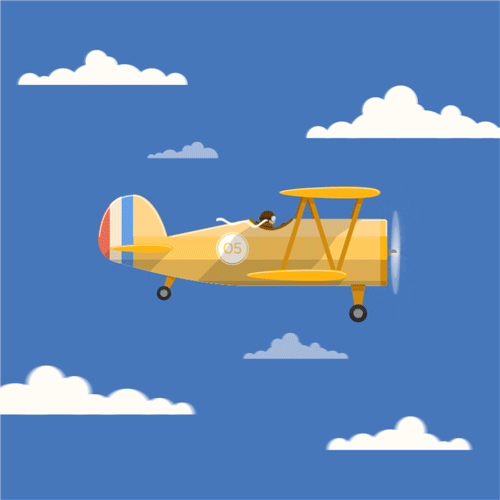 Aeroplanes have their own power
Aeroplanes have their own power
 Freefalling before opening a parachute
Freefalling before opening a parachute


 THE SALTY SAM NEWS DESK
THE SALTY SAM NEWS DESK

Last Saturday, our vicar was reading an article in the paper about neuroplasticity. This is the way that the brain is able to change and grow.
Connections inside the brain become stronger or weaker depending on how the brain is used. This process is happening constantly through life.
Younger people’s brains are more plastic, that means more easily moulded or formed, because they are set up to learn – as life is relatively new to them, but anyone of any age can learn new things, if they have a willingness to. Importantly, when you are older and you learn new things or have new experiences it keeps your brain active and healthy.
Growth in parts of the brain is possible at any time of life.
The brain changes when you learn, it changes when you memorize and it changes when you are asleep. A lot of what the brain is capable of is still a mystery to scientists, but they do still know quite a lot.
The vicar thought that the article was very interesting and had it on his mind all day.
That afternoon, he had planned to meet up with his brother at the Rocky Bay Aerodrome. His brother is a glider pilot and had promised to take him up as a passenger in his glider to give him a treat.
While he was up in the blue sky he did some blue sky thinking!

Oooooo!
If you want to expand your thinking and think up new plans and strategies, it is a good idea to go to a place with a lot of space around you.
And whilst up in the great blue yonder, the vicar had some very interesting ideas!
More about them next week…


*********************
*********************

 Quick Quiz
Quick Quiz
Can you complete these idioms and say what they mean?
- out of the a _ _
- as old as the h _ _ _ _
- you can’t put an old head on young s _ _ _ _ _ _ _ _
- as old as M _ _ _ _ _ _ _ _ _ – a Biblical character who died when he was 696 years old
- an old s _ _ _ _ _ _ _ ground
- a chip off the old b _ _ _ _ _
- an old f _ _ _ _
- old s _ _ _ _ _
- same old, same o _ _
- old c _ _ _ _ _ _ _
- an old wives’ t _ _ _
- The Old Lady of T _ _ _ _ _ _ _ _ _ _ _ Street




lt’s the Weekend!

HOW TO MAKE A TEDDY BEAR EGG COSY
Either of these little teddies will cheer you up when you have your breakfast even if it is cold and dark outside.
TEDDY HEAD EGG COSY (KNIT TWO)
Using 3¾mm knitting needles and brown yarn cast on 19 stitches
Slip 1 (knit 1, purl 1) repeat the last 2 stitches to the end of the row
Slip 1 (purl 1, knit 1) repeat the last 2 stitches to the end of the row
Repeat the last 2 rows once
Change to 4mm knitting needles
Knit 12 rows of stocking stitch
Decrease 1 stitch at the beginning of the next 8 rows of stocking stitch
Don’t cast off – cut off your yarn with about 20cm left to thread through the stitches
EARS (KNIT TWO)
Using 4mm knitting needles and brown yarn cast on 8 stitches
Knit 4 rows of stocking stitch
Decrease 1 stitch at the beginning of the next 4 rows of stocking stitch
Cast off quite tightly so that your ears have a rounded top
TO MAKE UP
- Embroider a face onto one knitted piece
- The eyes are French knots made with the yarn wrapped twice around the needle – don’t put your yarn needle back into the hole you pulled it out of
- The nose is a triangle of black yarn and the mouth is extended down underneath
- Pull the stitches tight at the top of the egg cosy and sew down the sides using over-sew stitching with right sides together
- Add the ears in as you go so that the bottom of the ears are tucked into the seams (make sure you have got them in the right place so that they are on the outside when you turn your work the right way out)
- Neaten all ends
TEDDY EGG COSY (KNIT TWO)
Using 3¾mm knitting needles and brown yarn cast on 19 stitches
Slip 1 (knit 1, purl 1) repeat the last 2 stitches to the end of the row
Slip 1 (purl 1, knit 1) repeat the last 2 stitches to the end of the row
Repeat the last 2 rows once
Change to 4mm knitting needles
Knit 26 rows of stocking stitch
Don’t cast off – cut off your yarn with about 20cm left to thread through the stitches
TEDDY EGG COSY EARS (KNIT TWO)
Using 4mm knitting needles and brown dk yarn cast on 6 stitches
Knit 6 rows of garter stitch
Don’t cast off – cut off your yarn with about 15cm left to thread through the stitches
Pull the yarn tight to create round tops to the ears and fasten
Thread the yarn along the outside of the ear down to the base so that you can use it to sew the ears onto the head
TEDDY EGG COSY ARMS (KNIT TWO)
Using 4mm knitting needles and brown dk yarn cast on 10 stitches
Knit 10 rows of stocking stitch
Don’t cast off – cut off your yarn with about 15cm left to thread through the stitches
Pull the yarn tight to create round tops to the arms and thread along the seam to the wrists
Sew the side seam up using over-sew stitching and right sides together
Fasten some yarn around the wrists
Bind tightly and fasten off securely
Lightly stuff the arms
TO MAKE UP
- Pull in the top of the head
- Sew the side seams of the head and body using over-sew stitching and right sides together
- Turn the right way out
- Stuff the head only
- Secure a length of yarn into the back of the neck and bind it tightly around the neck twice encasing the stuffing inside the head
- The eyes are French knots made with the yarn wrapped twice around the needle – don’t put your yarn needle back into the hole you pulled it out of
- The nose is a triangle of black yarn and the mouth is extended down underneath
- Sew the ears and arms into place working from the back – the side seams will help guide you for correct placing

Please note that the material on this blog is for personal use and for use in classrooms only.
It is a copyright infringement and, therefore, illegal under international law to sell items made with these patterns.
Use of the toys and projects is at your own risk.
©Christina Sinclair Designs 2015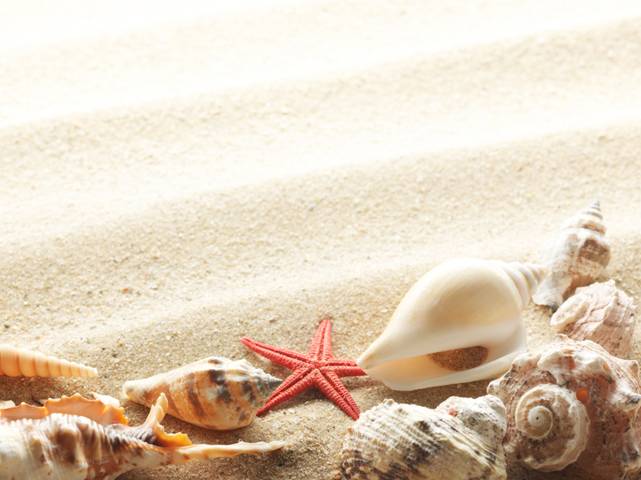


Quick Quiz Answers
- out of the ark – very old
- as old as the hills – very old
- you can’t put an old head on young shoulders – you can’t have the wisdom of the old when you are young
- as old as Methuselah – a Biblical character who died when he was 696 years old
- an old stomping ground – a place where you used to live
- a chip off the old block – a person that has the same personality as their parent
- an old flame – an ex-girlfriend or ex-boyfriend
- old school – a person with traditional beliefs
- same old, same old – your life doesn’t change
- old chestnut – a belief or saying that has resurfaced and become boring or annoying
- an old wives’ tale – an old superstition or belief that used to be believed
- The Old Lady of Threadneedle Street – the Bank of England situated in the City of London

l think he needs a better design!

Embroidery Stitches
